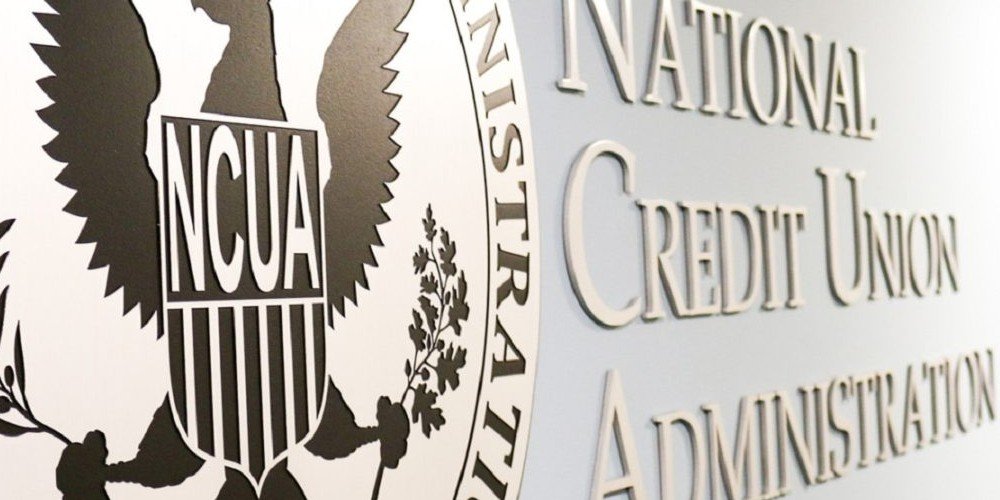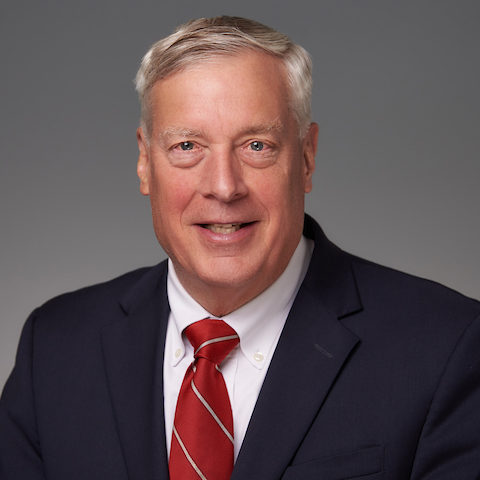In an October post on the borrowing trends in credit unions, every lender had stepped up to meet the 300%, $90 billion increase in external funding since June of 2022, except one.
While the FHLB system and Federal Reserve were the dominant providers, all sources from corporates (102%), to sub-debt (24%) and even other credit unions (3,800%) increased their outstanding loans.
The only credit union provider that showed no borrowings was the credit union-funded Central Liquidity Facility. The last CLF loan origination was in 2009.
CLF’s August 2023 financial condition
On August 31, 2023, the CLF Financial Statement reported assets of $875 million all invested in US Treasuries. This was funded by $800 million from 390 credit unions’ capital stock purchases and another $17 million in deposits. There were no corporate agent members. Retained earnings were $40.4 million.
Year-to-date operating expenses are $1.3 million, up 86% from the prior year. Dividends on the credit union capital shares are paid quarterly. The posted rates would appear to trail the overnight Fed funds return by about 50 basis points.
The Facility’s borrowing authority-lending capacity was $19.7 billion. And there were no loans.
Why is there no CLF lending?
The facility’s funding authority is large enough to meet significant loan demand. Its lending parameters mirror those of the Federal Reserve which had $30 billion outstanding to credit unions in June 2023. Moreover, $20 billion of this total was advanced in the June quarter in the aftermath of market uncertainty due to multiple banking failures.
How are all these other sources growing their portfolios but the public-private CLF partnership has no activity?
I have seen no effort by the CLF to promote its services to its members. It would be helpful to analyze how many of these 390 CLF shareholders had borrowings elsewhere. However, the NCUA will not release the members’ names so no one can check this possibility.
CLF: the missing player
The primary reference to the CLF by the three NCUA board members has been to urge Congress to reinstate the special lending/agent membership options passed during the pandemic which expired at the end of 2022.
However, today, the CLF lacks neither the financial resources nor the authority to offer loans that could meet member needs now—as all other lending institutions are doing. That is how these firms, public or private, survive.
One might speculate about why there is no CLF effort. Does it have the operational capability and professional skills to make loans? For example, can credit unions even preposition collateral?
In prior lending activity, the CLF partnered with the corporate network which did the underwriting and disbursements but drew on CLF funding. This operational capability was lost when the NCUA ended this option by closing U. S. Central.
The last CLF loans were $5 million each to the conserved WesCorp and US Central in 2009.
Those two loans were an extension of the NCUSIF’s support. No other corporates were offered CLF loans even though several had similar exposures to underwater securities.
In short, the CLF loans were just an extension of the NCUA’s supervisory actions, not a liquidity lifeline.
My thoughts on why the CLF is no longer relevant
In addition to its operational incapacity, I believe credit unions have realized that, unlike other options, the CLF is not an actual public-private partnership. Its lending response is at the whim of NCUA supervisory priorities, not credit union needs.
Credit unions do not view the CLF as a reliable partner in times of balance sheet stress. Therefore, they have moved beyond the CLF for the more proven reliabilities from the multiple options now available—both debt and sub-debt.
In short, credit unions no longer need the CLF. They have plenty of tested alternatives. Ones that don’t impose supervisory judgments on top of collateral values.
For credit unions, the CLF is a vestigial organ, still within the body but not serving any system purpose. It continues to accumulate retained earnings but has no balance sheet risk. The income pays an increasing expense load (up 86% so far in 2023) even with no operational activity. The regular member’s shares are subsidizing the facility which pays a below-market quarterly dividend.
The challenges are not a lack of institutional or member need—just look at the expanding FHLB lending programs. Rather the challenge is leadership.
This is not a situation requiring a congressional legislative fix. What’s missing is the NCUA’s ability to partner with the members who fund the CLF and develop collaborative solutions to benefit the cooperative system and its members.
It’s been done before. It is being done now by multiple organizations and firms (see examples below). Credit unions have seen these more reliable options and have decided to move on from an impotent NCUA-CLF.
This situation also raises a broader issue than the future of the CLF. When might this liquidity experience cause some credit unions to consider moving even further away from the coop system altogether?
Note: examples of proactive efforts to serve credit union’s current liquidity needs
The following are examples of lenders and institutions with outreach to credit unions in this critical liquidity period in 2023.
First, is the announcement of the Federal Reserve’s new Bank Term Funding Program (BTFP) on March 12, 2023, for which credit unions were eligible.
The following is from a promotion highlighting CD options:
“Inclusiv/Capital and Primary Financial will host a webinar to discuss deposit strategies and resources to support your credit union’s impact lending and liquidity management strategies.
Primary Financial is a credit union service organization (CUSO) owned jointly by 10 corporate credit unions nationwide. This unique ownership structure gives Primary Financial potential relationships with credit unions across America.”
Examples of FHLB special programs and assistance are in numerous press stories:
Ken Bauer, EVP & CLO, OneAZ Credit Union:
“Particularly in Arizona, more of a person’s monthly wages are going to housing than ever before,” Bauer says. “We asked ourselves how we could help members navigate this market and bridge that gap to homeownership.”
To provide members with down payment assistance, the credit union is working with two grant programs offered through the Federal Home Loan Bank (FHLB).
In Wisconsin:
“Summit Credit Union of Madison, Wis. ($6.6 billion in assets, 248,245 members as of June 30) announced Thursday that it was able to help 70 borrowers through the $700,000 in grants it was provided this year by the Federal Home Loan Bank of Chicago. Buyers must earn no more than 80% of the area’s median income.
The grants reduce down payments, closing costs or pre-paid expenses by $10,000 for each of the 70 borrowers who benefitted from January to August 2023.”
This is Ryan Donovan, President and Chief Executive Officer, Council of Federal Home Loan Bank promoting the system’s “private-public” partnerships:
“The Federal Home Loan Bank system is a terrific example of a private-public partnership that works, providing tremendous benefit to #homebuyers. Through our members and their activity, we help save homebuyers more than $13 billion each year in interest payments; we facilitate an additional 16% of #mortgage originations; we help make the 30-year fixed rate mortgage an opportunity for many homebuyers; we support community financial institutions across the country; and, we’re one of the largest private-sector contributors to affordable housing efforts.”
One can also list numerous financial consultants, ALM advisory firms, and brokers seeking to assist credit union liquidity needs, for a fee. But there is no CLF outreach.

























































